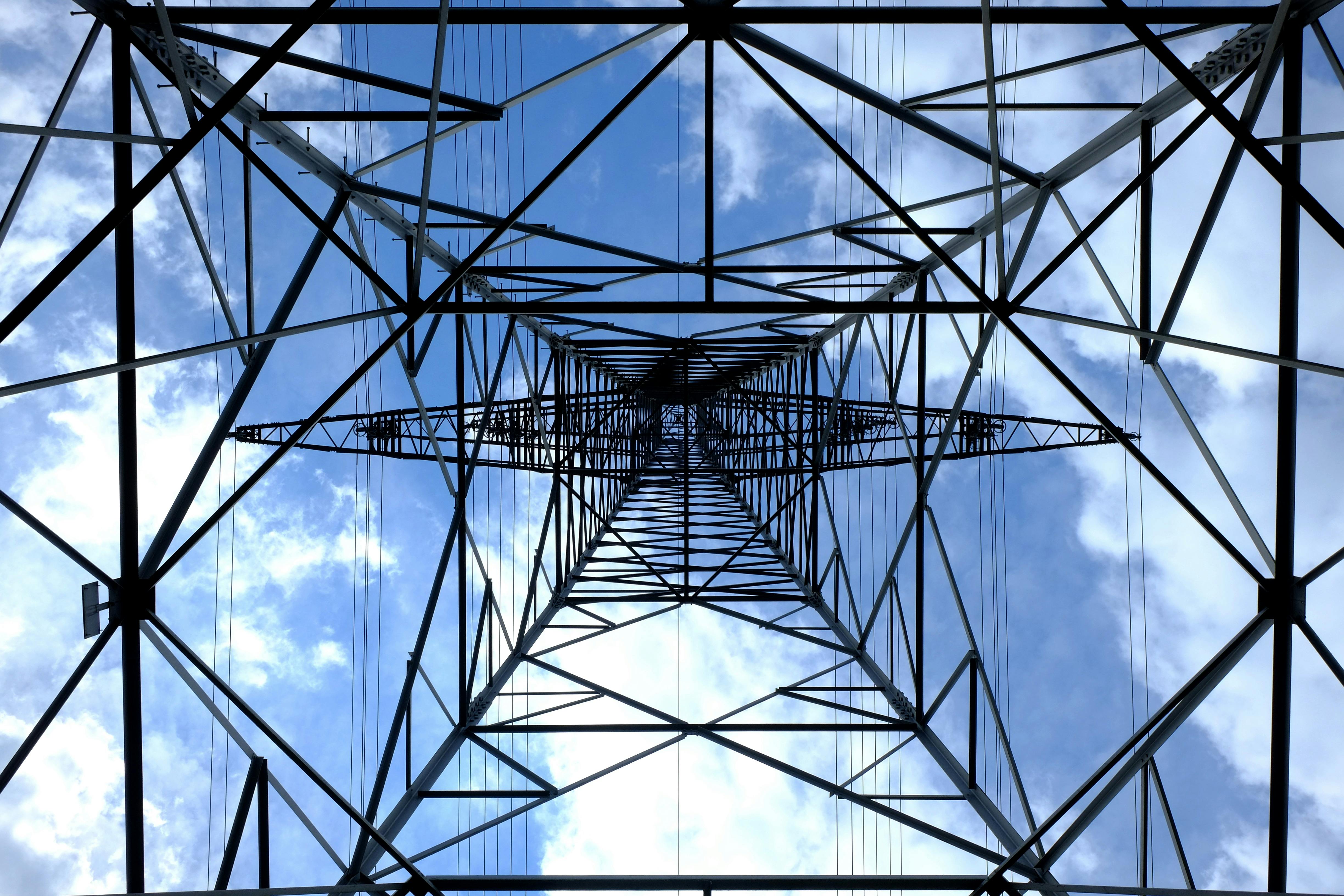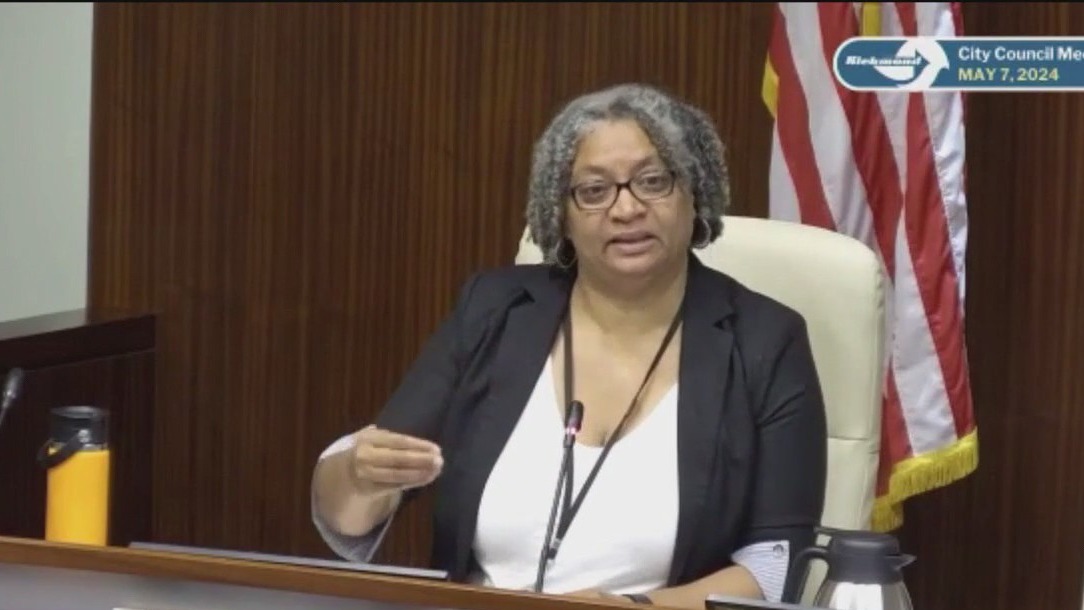California
Here's the Real Reason PG&E Rates Are Skyrocketing in California

California now holds the ignominious prize for the highest electricity rates in the nation, except Hawaii. How did we get into this predicament?
Because the California Public Utilities Commission — the five-member agency appointed by Governor Gavin Newsom that regulates the prices, service and reliability of private energy utilities — has failed to do its job.
There are other government entities that hand out cookies to energy companies without a care for who pays the bill. But the buck stops at the Public Utilities Commission to protect utility customers.
When a private utility like PG&E decides it needs to build new infrastructure — say, to protect against wildfires — it’s the commission that determines if the infrastructure is necessary, if the utility’s proposed costs for that infrastructure are fair, and if better and cheaper alternatives exist.
The commission enjoys limited scrutiny by the courts. Decisions made by other state agencies can be appealed to Superior Court. But only an appellate court can hear commission appeals, and taking that case is discretionary. This limited judicial review means that the Public Utilities Commission essentially answers to the governor alone.
As a former commission president, I know what keeping energy prices down requires: a sharp pencil to control relentless spending requests from utilities that allow them to generate more profits, adherence to legal mandates that require it to protect ratepayers and allow only “just and reasonable” costs and the backbone to just say no to the utilities’ unceasing demands that customers pay for programs that are ineffective or unnecessarily expensive.
None of this is happening, and Californians should be outraged.
Last November, the commission authorized a historic rate increase — more than $2.56 billion for PG&E’s 2023-2026 general rate case spending estimates. PG&E applied to the commission to charge its customers for the costs of running its gas and electricity businesses, including new infrastructure, system maintenance, and employee and management salaries.
That rate increase hits in stages. The commission let PG&E charge its customers immediately for the first $1.3 billion, painfully hitting in January’s bills. But that’s not the end to commission-permitted rate increases: The utility will collect $716 million more in 2024, $359 million in 2025 and $204 million in 2026.
The commission allowed these increases despite its administrative law judge’s initial decision finding that PG&E’s evidence justified a much smaller rate hike. (The commission employs administrative judges to independently vet whether or not utilities have proved that they are entitled to charge their customers for their costs.)
The administrative law judge’s decision hinged on whether PG&E’s spending was “just and reasonable” — the legal prerequisite for approving any utility cost. Instead, politically appointed commissioners overruled the judge and gave PG&E the vast bulk of what it wanted despite what the facts support.
Before the ink on PG&E’s unprecedented 2023 rate increase was dry, the utility came back, asking the commission to order its customers to pay over $4 billion more for Diablo Canyon nuclear power plant costs, power purchases from electricity generators and infrastructure upgrades for “energization” efforts.
PG&E wants $691 million of that upfront — paid now — before the Public Utilities Commission even evaluates whether those costs are just and reasonable.
Adding insult to injury, in its March 12 decision, the commission handed PG&E yet another increase of $516 million — to take effect immediately. This time the commission dispensed with pesky legal requirements for evidentiary hearings, testimony or proof of PG&E’s asserted costs. By not even attempting to evaluate the reasonableness of the utility’s demands, commissioners set a new low in disregarding the law, which allows the commission to increase rates only after it holds a hearing that includes testimony under oath and cross-examination of PG&E’s witnesses.
In its decision, the commission admitted that granting PG&E half a billion up front, based only on PG&E’s word, “departs from the general requirement to raise rates only after the costs are determined reasonable.” Despite PG&E’s admission that its original $5.7 billion expense estimate actually only totaled $2.7 billion, commissioners approved the increase anyway, only timidly admonishing that “PG&E should be more transparent at the outset to assist with decision-making.”
What should have occurred?
Formal hearings, with PG&E’s witnesses testifying under oath about the true amounts of their asserted costs. The commission should have followed the law that requires PG&E to prove that its costs are “just and reasonable” — before forcing its customers to pay more. The law requires public, rules-based fact determinations about what money is really needed to provide safe and reliable service versus what constitutes frivolous, unnecessary or profit-plumping projects.
The commission blithely maintains that it will review PG&E’s actual costs later — years from now. If unreasonable costs are found, it will order refunds of the money PG&E took from its customers.
But PG&E will almost certainly fight such refunds by scaring future commissioners into inaction, claiming that “the markets” have expected them to keep the money so it can’t be taken away.
Kowtowing to PG&E despite the evidence and the facts — or in this latest case, raising rates without any evidence or facts — shows the Public Utilities Commission’s utter indifference to the hardships these rate increases impose on California’s families and businesses.
Now, a new commission scheme is set to create a “fixed charge” on top of current pay-as-you-use prices, which would be marginally reduced, only for residential customers, under the plan.
On March 27, an administrative law judge published a proposed decision that, if approved in May, will impose a new fixed $24.18 monthly charge on residential customers not eligible for low-income discounts. The commission touts this proposal as a win because it set the charge significantly lower than the $70-$90 the utilities initially proposed. But the new charge still exceeds twice the national average for similar charges.
Fixed fees are the start, not the end, of more rate increases because the commission doesn’t prohibit the fixed charge from increasing whenever PG&E wants. The plan lacks safeguards against utility double-dipping, so it will be hard to tell whether the costs embedded in this new fixed charge are duplicated in other cost-recovery requests. Even PG&E’s low-income customers are not protected — they already pay more than the average customer in the Sacramento Municipal Utility District.
The Public Utilities Commission’s rubberstamping of unproven, unwarranted, unjust electricity costs must stop. It is up to the state Legislature to inject sanity into the regulatory system and protect California families and businesses from ruinous, undeserved rate increases.
Thankfully, legislators have introduced AB1999 to stop this increase and cap any fixed charge at $5 for low-income customers and $10 for other customers. AB2054 would stop the revolving door of former commissioners moving to jobs with utilities and scrutinize utility funds, and SB938 would stop ratepayers from paying for utility lobbying and advertising, among other reforms.
Passing these bills would be important first steps to reining in California’s rogue Public Utilities Commission and halting runaway energy rates.
More robust oversight by the Legislature is needed. Without it, you can expect your energy bills to continue to skyrocket.
Loretta Lynch is a former president of the California Public Utilities Commission and an attorney in San Francisco.

California
California regulators to vote on changing how power bills are calculated
SACRAMENTO, Calif. (AP) — California regulators on Thursday are likely to change how some power companies calculate their customers’ bills, a decision that would make it less expensive for people to charge electric cars and cool their homes in the summer but would increase prices for those who don’t use as much energy.
The California Public Utilities Commission will vote on whether to let the state’s big investor-owned utilities — including Pacific Gas & Electric — add a fixed charge to people’s power bills each month. For most people, the charge would be $24.15 per month and would pay for such things as installing and maintaining the equipment necessary to transmit electricity to homes. Residents with lower incomes who are enrolled in one of two discount programs would pay less, either $6 or $12 per month.
In exchange for the new charge, the price of electricity would drop by between 5 cents and 7 cents per kilowatt hour. One kilowatt hour is how much power it takes to use a 1,000-watt appliance — a coffee maker or vacuum cleaner, for instance — for one hour.
For people who use a lot of energy each month, this could could lower their monthly bills. People who live in Fresno — where temperatures can often exceed 100 degrees Fahrenheit (37.8 degrees Celsius) — would save about $33 running their air conditioners during the summer, according to the commission. That’s because the savings they would get from the price drop on electricity would be more than the amount they pay for the new fixed charge.
It would also benefit people who own electric cars and use other electric appliances, such as heat pumps. They would save an average of between $28 and $44 per month, according to the commission. In 2022, California accounted for 37% of the nation’s light-duty electric vehicles, or about six times more than Florida, the state in second place, according to the U.S. Energy Information Administration.
“The new billing structure more evenly allocates fixed costs among customers and will encourage customers to adopt electric vehicles and replace gas appliances with electric appliances because it will be less expensive,” Administrative Law Judge Stephanie Wang wrote in a proposed decision explaining the charge.
For people who don’t use as much energy, the new fixed charge could increase their bill each month. This includes people who live in smaller apartments or who live in cooler areas and don’t use air conditioning as much. That’s because for them, the decrease in the price of electricity would not be enough to offset the amount of the new monthly charge.
Opponents argue it would act as a disincentive to conserve energy, something California has been urging people to do.
“If you wanted to design a policy instrument that would send the signal that conservation doesn’t count, this would be it,” said Ken Cook, president of the Environmental Working Group.
Most states already have fixed monthly charges on utility bills to pay for maintenance and infrastructure of the electric grid. But in California — where electric rates are among the highest in the nation — any move that could increase prices for anyone raises alarms among consumers and elected officials.
A group of 18 members of Congress from California have called on the commission to keep the rate low, noting the national average for fixed charges on utility bills is $11. Some Democrats and Republicans in the state Legislature have backed a bill that would cap the charge at $10 per month.
“We must do more to rein in the ever-growing cost of living in our state, not find new ways to add to it,” Republicans in the California Senate wrote in a letter urging the commission to reject the proposal.
The proposal is much lower than what the state’s investor-owned utility companies had asked for, which was a charge between $53 and $71 per month. The commission also argues the charge would not discourage conservation, noting utilities are already allowed to increase rates during peak hours.
California
California gets moisture, needs warmth – Brownfield Ag News

News
California gets moisture, needs warmth
An atmospheric scientist says the state that leads the country in fruit and vegetable production has recovered from drought but has a different threat to this year’s crops.
Eric Snodgrass with Nutrien Ag Solutions tells Brownfield California needs warm weather and the accompanying heading degree units so the crops will grow. “Just to think this through, the severe weather event that’s going on right now in the central U.S., that started out this weekend in the west and they had snow all the way down to the foothills of the Sierra Nevadas.”
Snodgrass says the north-south jet stream that is bringing severe storms to the Midwest is also responsible for the chilly air in California. He says the rest of the country is also looking at some cool nights between the 11th and 14th of May, which will also slow down growth there. “We get down there right below that 40 degree line early in the morning, and then sunshine comes out and we kind of break away towards warm. You’re not accumulating a whole lot of GDDs (Growing Degree Days) fast, in other words, as you plant the crop, it’s not like it’s going to emerge in a week. We’re going to have to get that cooler air out.”
Snodgrass says even with the chilly air in the forecast, he’s not expecting a major late frost event that would cause widespread damage to crops. As for moisture, Snodgrass says California had plenty of precipitation in December and January, and again in March and early April.
California
Richmond urges California to cut ties with PG&E

Richmond council urgles California to cut ties with PG&E
Richmond City Council passed a resolution that urges California to cut ties with PG&E
RICHMOND, Calif. – The Richmond City Council on Tuesday night passed a resolution urging California to cut ties with PG&E.
The resolution calls on the state to replace the utility company as California’s main power supplier, citing PG&E’s contributions to wildfires, shut-offs and rate hikes and reasons for the proposed split.
Councilmembers said they support a nonprofit called Golden State Energy to take over.
“We’re saying that ‘We, the city of Richmond, stand behind implementation of something already in place,’” Councilwoman Doria Robinson said.
The letter of support will now be sent to a number of state leaders including Gov. Gavin Newsom.
-

 Politics1 week ago
Politics1 week agoStefanik hits special counsel Jack Smith with ethics complaint, accuses him of election meddling
-

 Politics1 week ago
Politics1 week agoThe White House has a new curator. Donna Hayashi Smith is the first Asian American to hold the post
-

 Politics1 week ago
Politics1 week agoAnti-Trump DA's no-show at debate leaves challenger facing off against empty podium
-

 News1 week ago
News1 week agoAs student protesters get arrested, they risk being banned from campus too
-

 News1 week ago
News1 week agoVideo: Police Arrest Columbia Protesters Occupying Hamilton Hall
-

 World1 week ago
World1 week agoNine on trial in Germany over alleged far-right coup plot
-

 Politics1 week ago
Politics1 week agoNewsom, state officials silent on anti-Israel protests at UCLA
-

 World1 week ago
World1 week agoStrack-Zimmermann blasts von der Leyen's defence policy




/cdn.vox-cdn.com/uploads/chorus_asset/file/24125939/intel_13900k_tomwarren.jpg)










